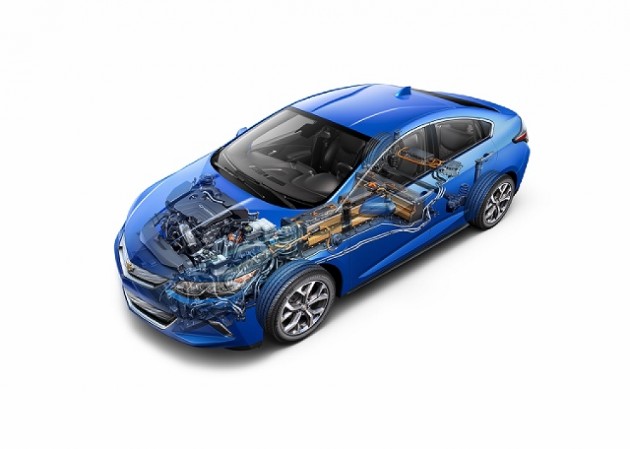Lately, it seems like, if we are praising a Chevrolet car, it is most likely one of two models: either the long-running performance car, the Camaro, or the relatively new plug-in hybrid, the Volt.
Well, now it seems that Ward’s Auto is seeing what we have already been talking about, and gave the engines from these two vehicles places on the publication’s “10 Best Engines” list. To compile the list, Ward’s reviewed 31 different engines from 11 automakers for power, fuel efficiency, and new technology, then compared them all.
Important Decisions: Should you buy new, or should you buy used?
Of course, Chevrolet, and General Motors in total, are ecstatic. “It isn’t enough to just be good,” said Dan Nicholson, vice president, Global Powertrain. “Many of our competitors are good. At GM, we are committed to consistently delivering great propulsion systems.”
The engine from the Volt is a second-generation Voltec propulsion system, consisting of two-motor drive unit, range-extending gas engine, power electronics, and battery, which produce a total driving range of about 420 miles, with 53 miles being entirely electric. This unit is a drastic improvement over the first-generation model, which was larger, heavier, less efficient, used a larger gas motor, and had to be run on premium fuel.
Protect that Engine: Have you gotten your car serviced for winter?
The Camaro’s engine is a 3.6-liter V6 that “delivers the kind of power and lusty exhaust note you associate with a V8 for the price of a V6,” according to Drew Winter, director, Content at Ward’s Auto. The V6 produces 335 hp and 384 lb-ft of torque, the highest of any naturally-aspirated V6 on the market, and incorporates technology to increase efficiency and performance, including a cylinder-deactivation system, direct fuel injection, and continuously variable valve timing. Thanks to these, the power of this V6 engine delivers 23 mpg in the city and 28 mpg on the highway.
The best part of this is that both engines are manufactured in Michigan (save the Volt’s range extender, which is currently being produced in Toluca, Mexico, but will transfer to Flint, Michigan in the second half of 2016).
The News Wheel is a digital auto magazine providing readers with a fresh perspective on the latest car news. We’re located in the heart of America (Dayton, Ohio) and our goal is to deliver an entertaining and informative perspective on what’s trending in the automotive world. See more articles from The News Wheel.
